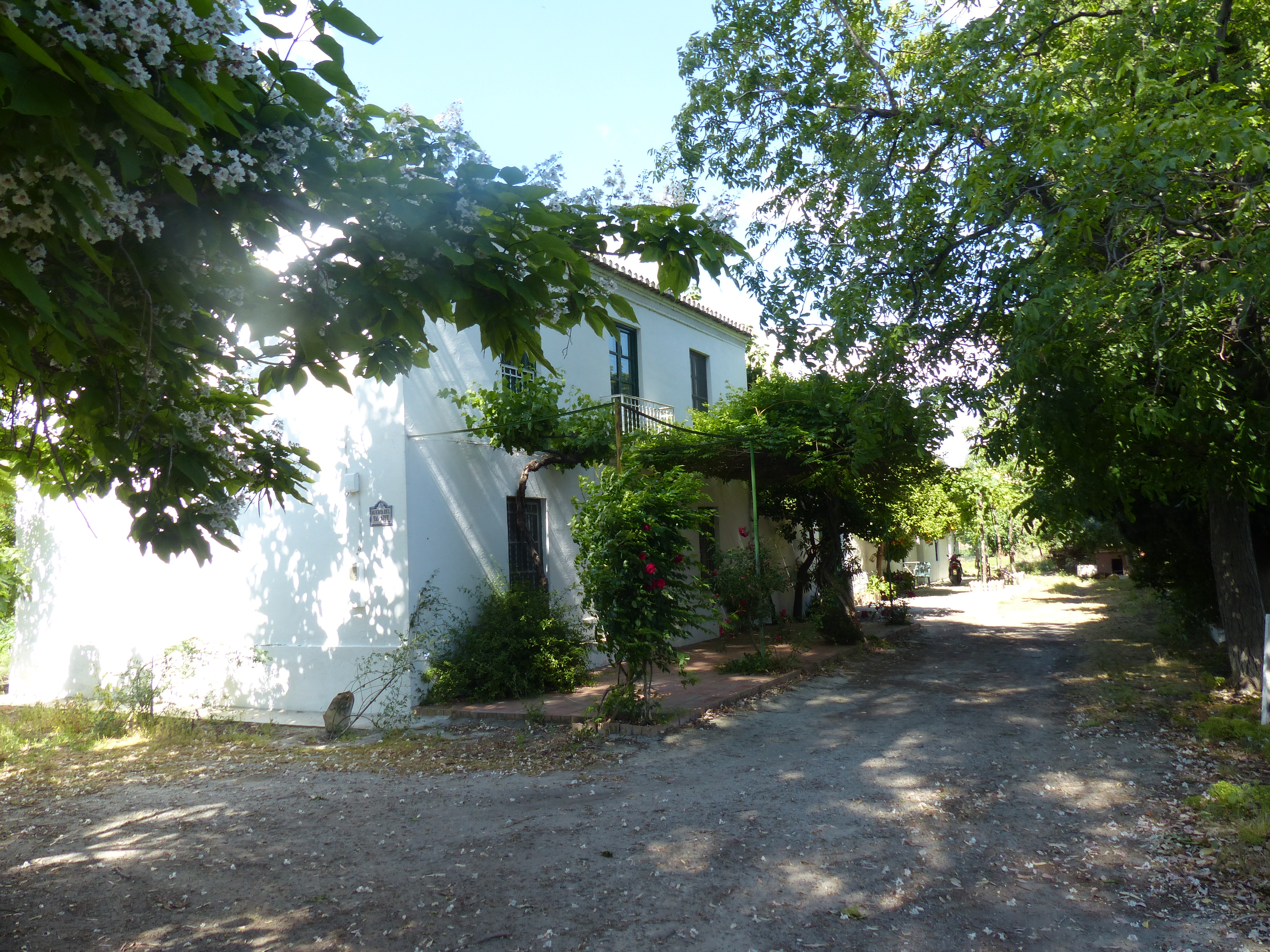They are poems that draw on the same elements of reality that the poet has always used to turn them into literary material, elements of his peasant childhood, folklore, childhood memories that impressed him or his vision of Granada: “Solamente por oír [Just to hear] / la campana de la Vela [the candle bell] / te puse una corona de verbena [I put a verbena crown on you]” he says in Gacela IV. Del amor que no se deja ver (Gazelle IV. Of Love that Cannot be Seen) or “Todas las tardes en Granada [Every afternoon in Granada], / todas las tardes se muere un niño [every afternoon a child dies]”, from Gacela V. Del niño muerto (Gazelle V. Of the Dead Child). Without forgetting the true tribute in the book to that Huerta del Tamarit (Tamarit Farmhouse), close to San Vicente where he writes most of the book: “Por las arboledas del Tamarit [Through the groves of Tamarit] / han venido los perros de plomo [have come the lead dogs] / a esperar que se caigan los ramos [to wait for the branches to fall], / a esperar que se quiebren ellos solos.” [to wait for them to break by themselves.”]
